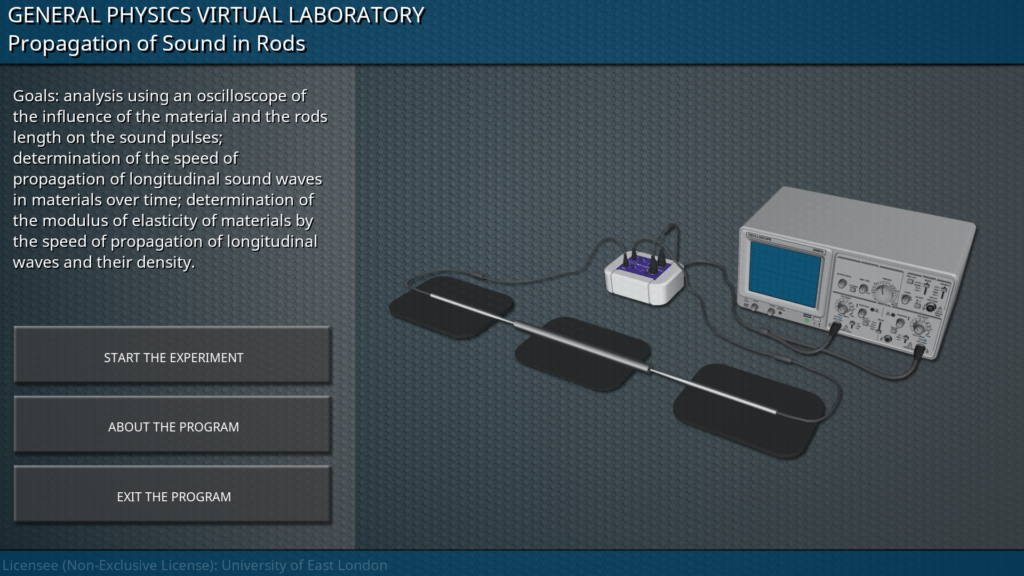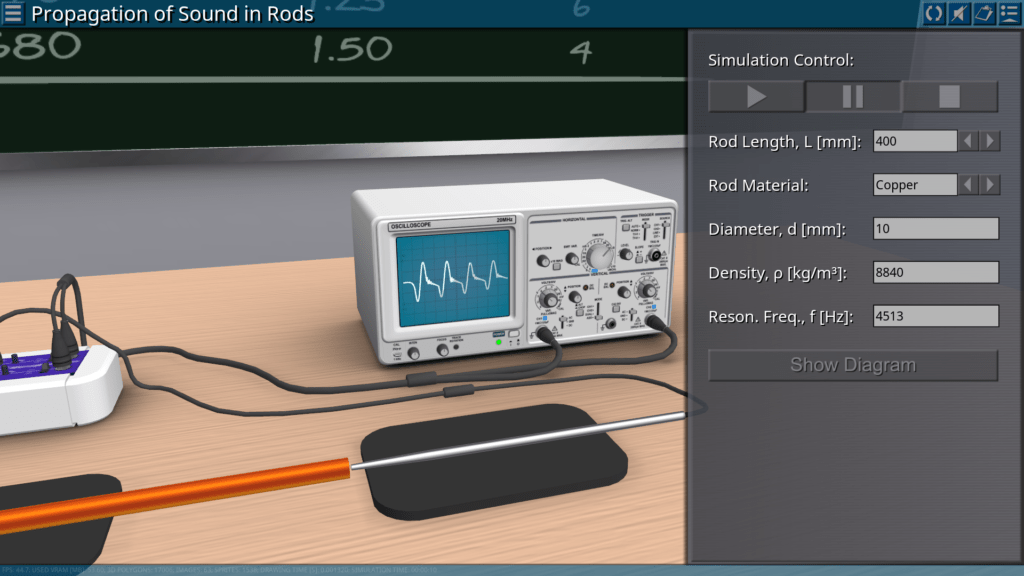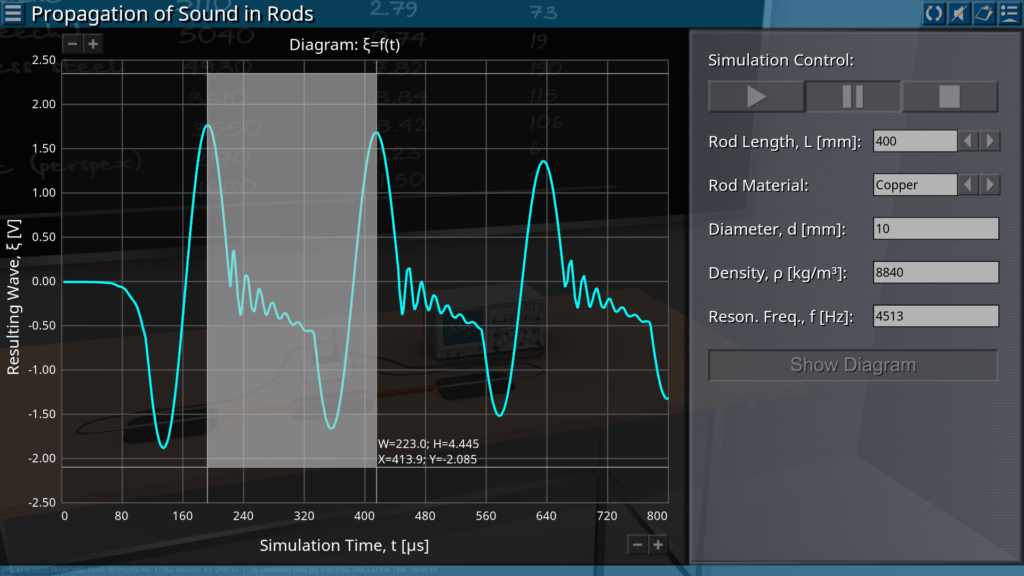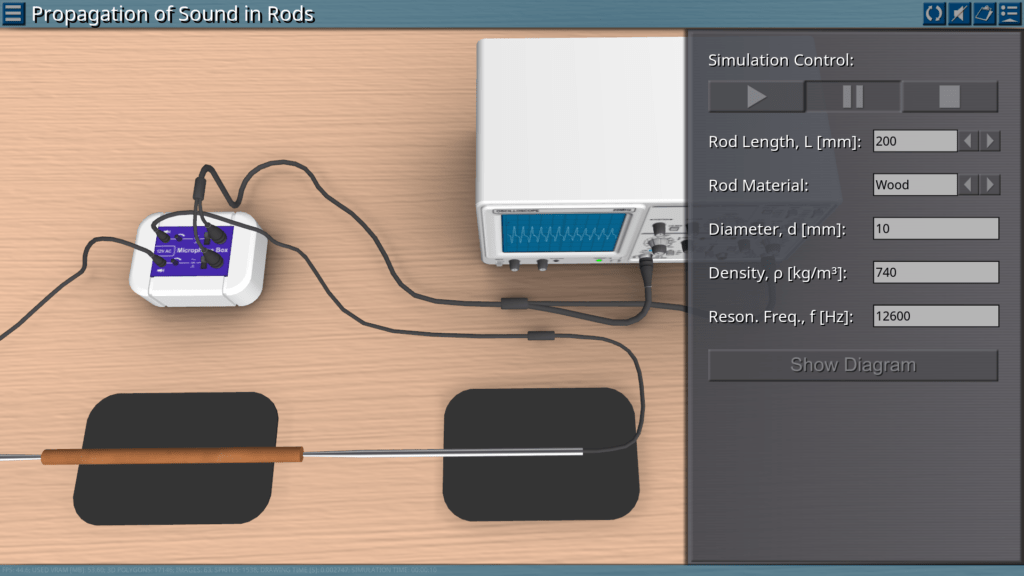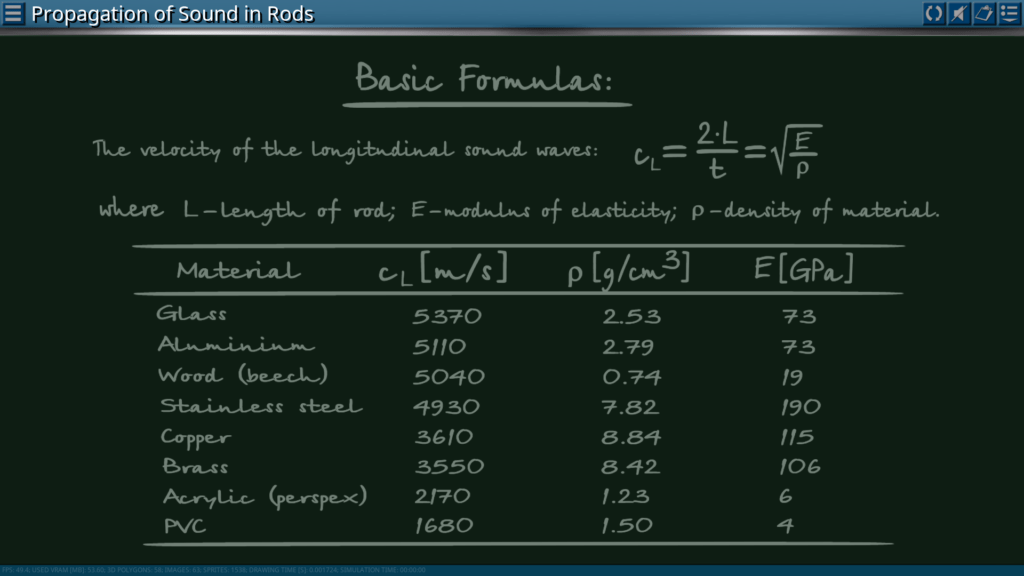The software package includes 12 virtual laboratory works from the general physics course for students of higher and secondary educational institutions:
The virtual laboratory practice is implemented in the form of a set of cross-platform graphical applications supplied for various operating systems: Microsoft Windows, Linux, MacOS, iOS, Android, as well as web applications based on HTML5 technology, which provide the ability to remotely perform laboratory work in a web browser. The graphical component of the software uses the OpenGL 2.0 programming interface and component base.
Note: for best performance of online-versions of applications, we recommend using the Microsoft Edge web browser.
Goals: measuring the oscillation period of a string pendulum depending on the length and mass of the pendulum; determination of the acceleration of gravity.

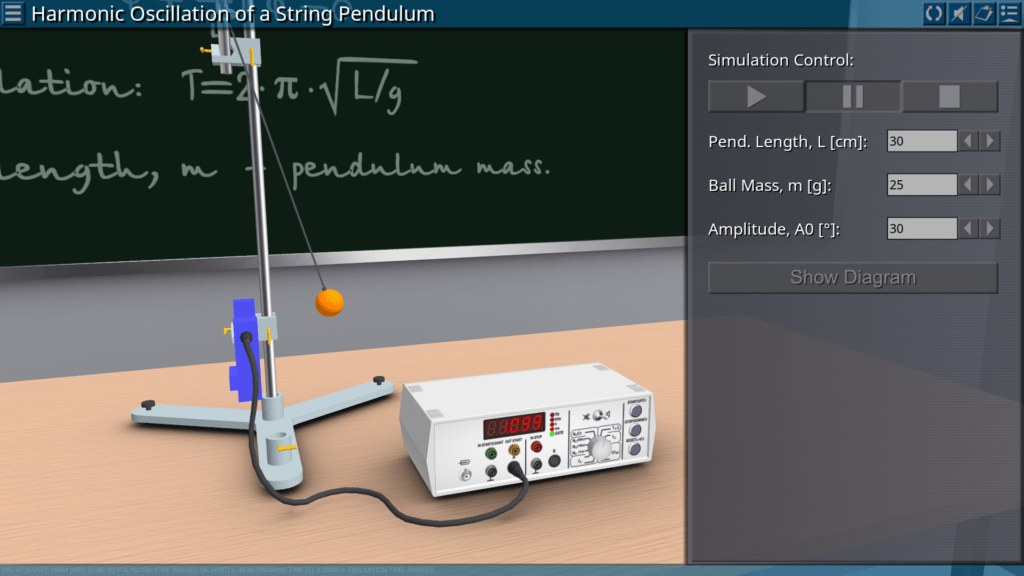
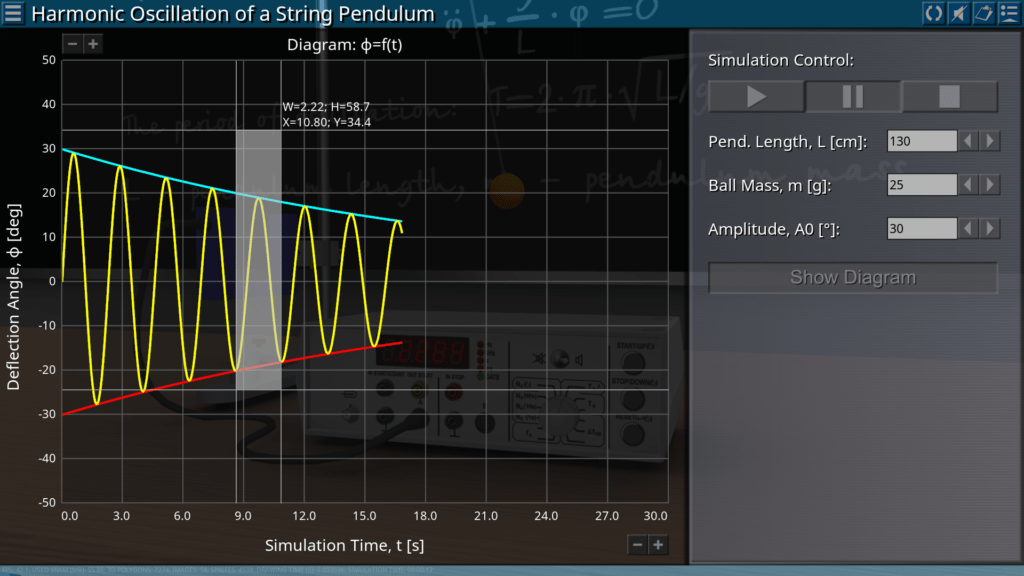
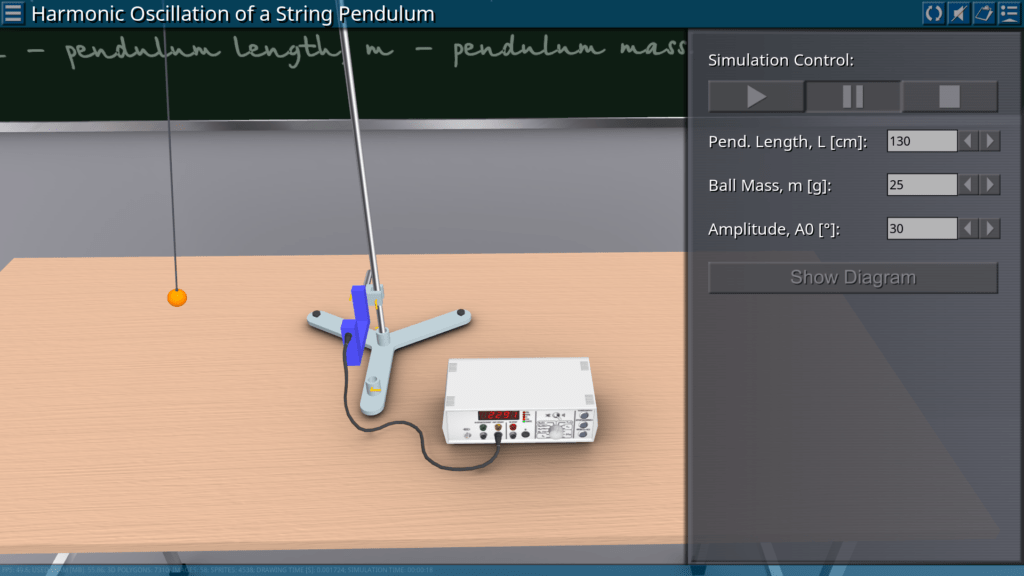

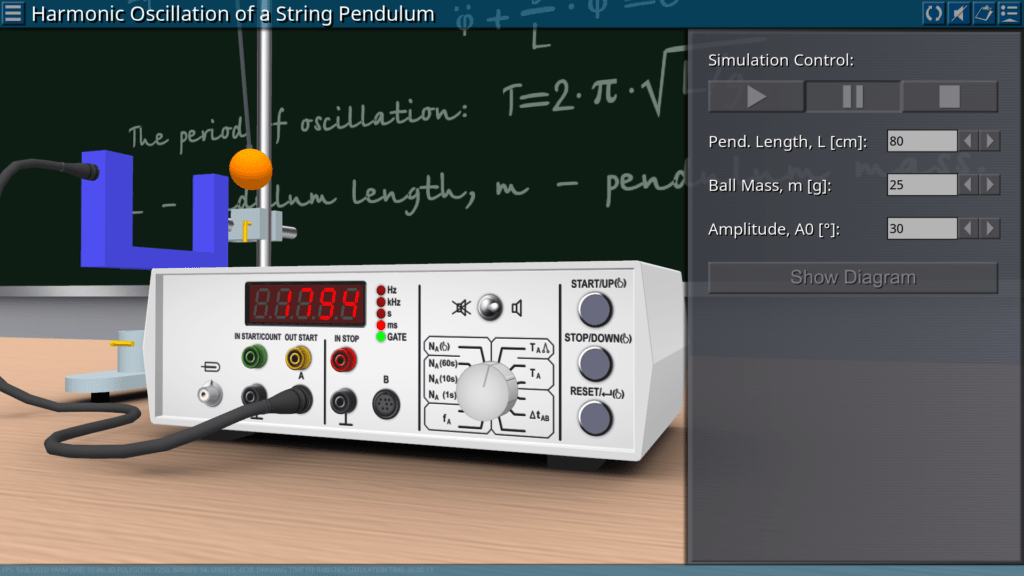
Goals: demonstration of the elliptical oscillation of a string pendulum in the form of two perpendicular components for different initial conditions; observation of oscillations of a string pendulum at different values of the phase shift.

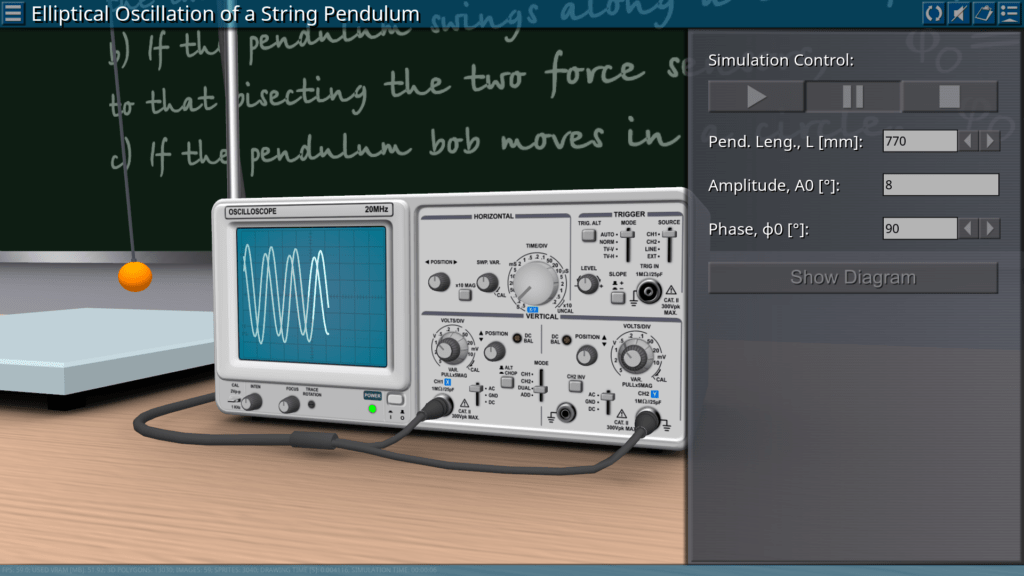
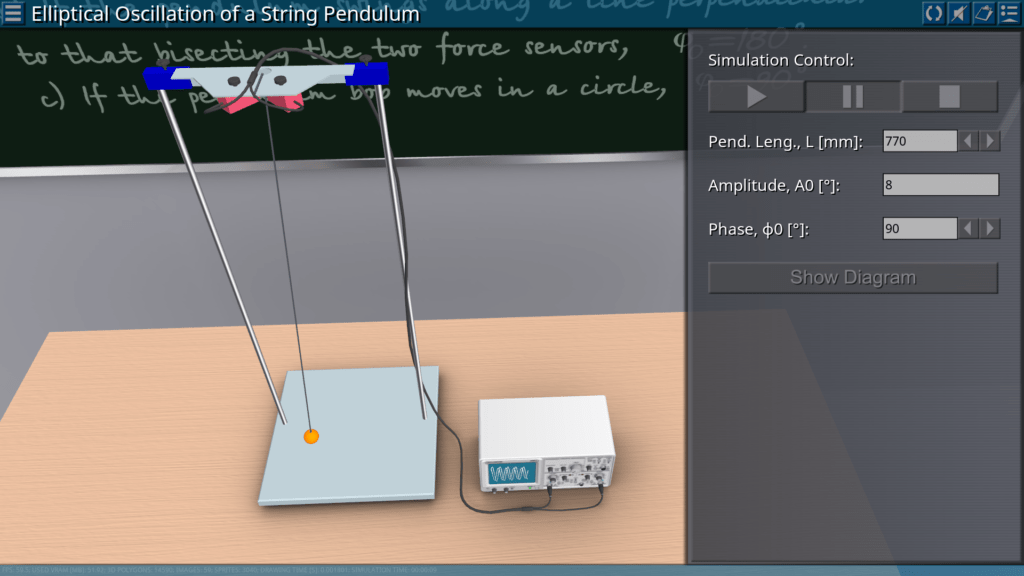
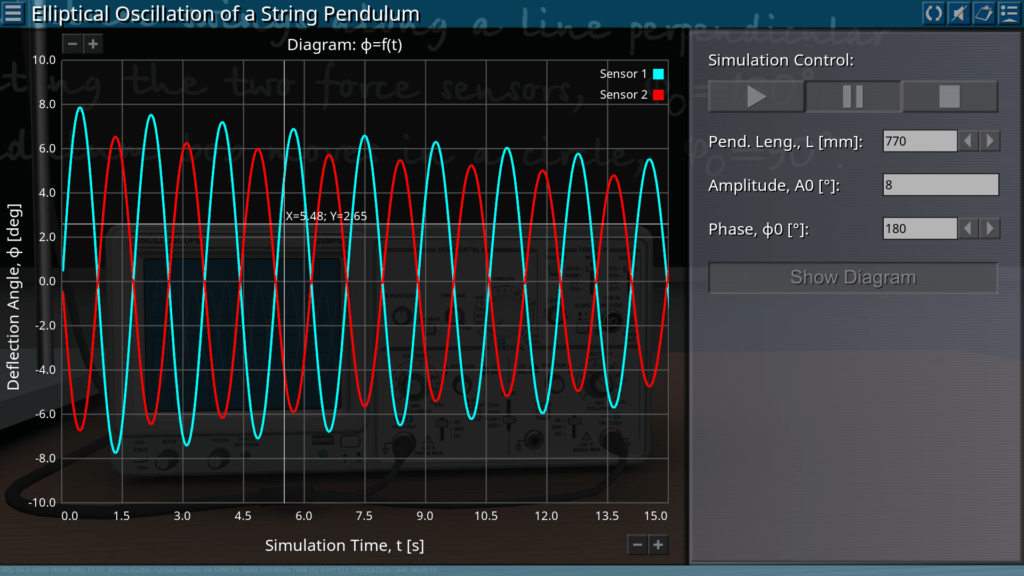
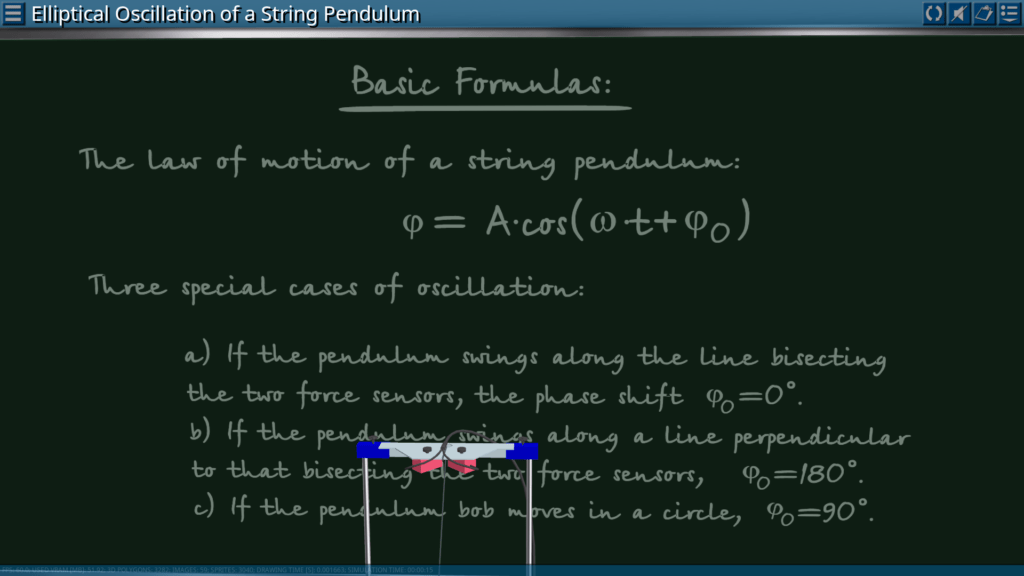
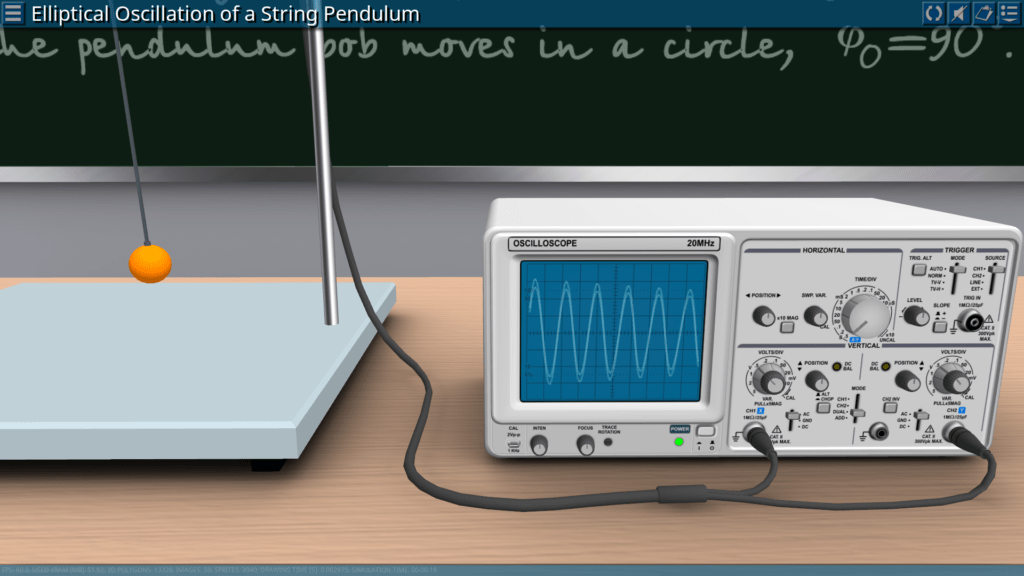
Goals: measurement of the oscillation period depending on the effective component of gravitational acceleration; measurement of the oscillation period depending on the different length of the pendulum.
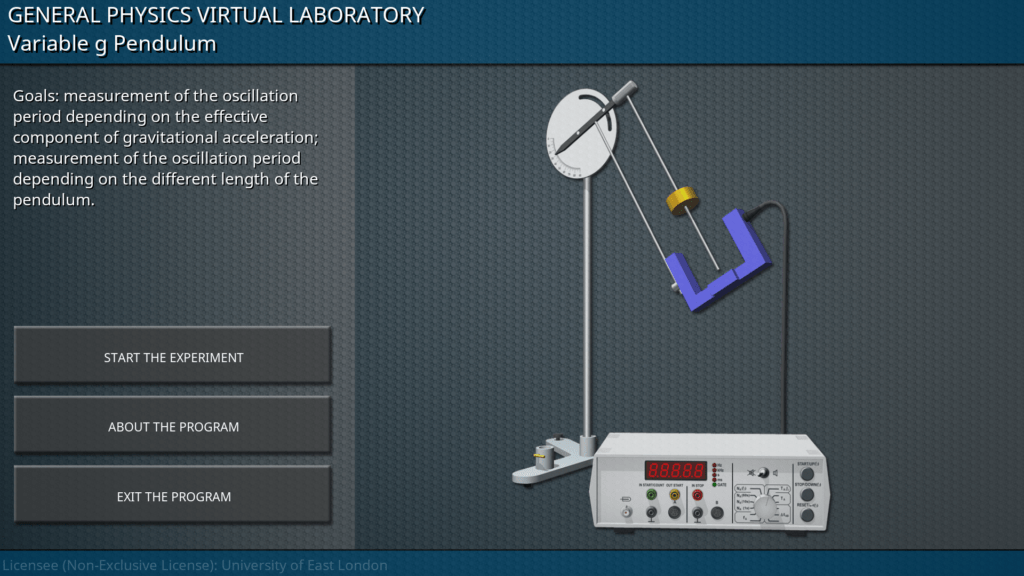





Goals: get acquainted with the principle of operation of a reversible pendulum; determine the oscillation period and calculate the local value of the gravitational acceleration.
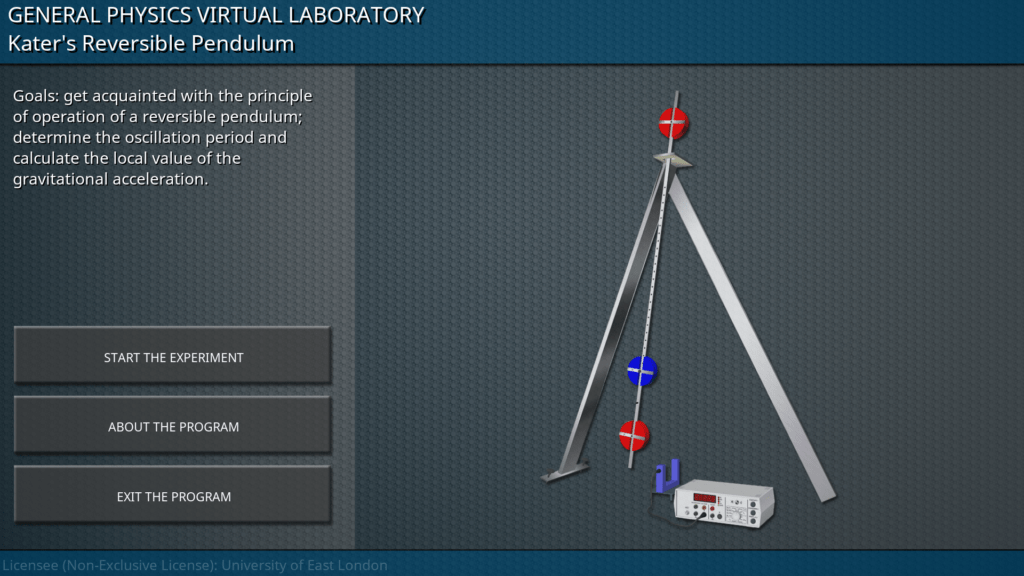
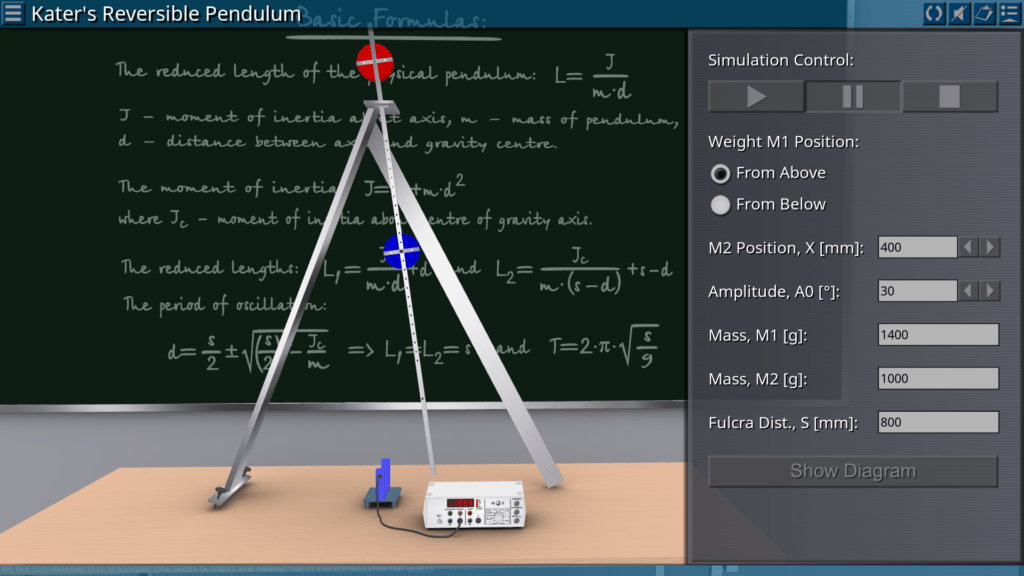

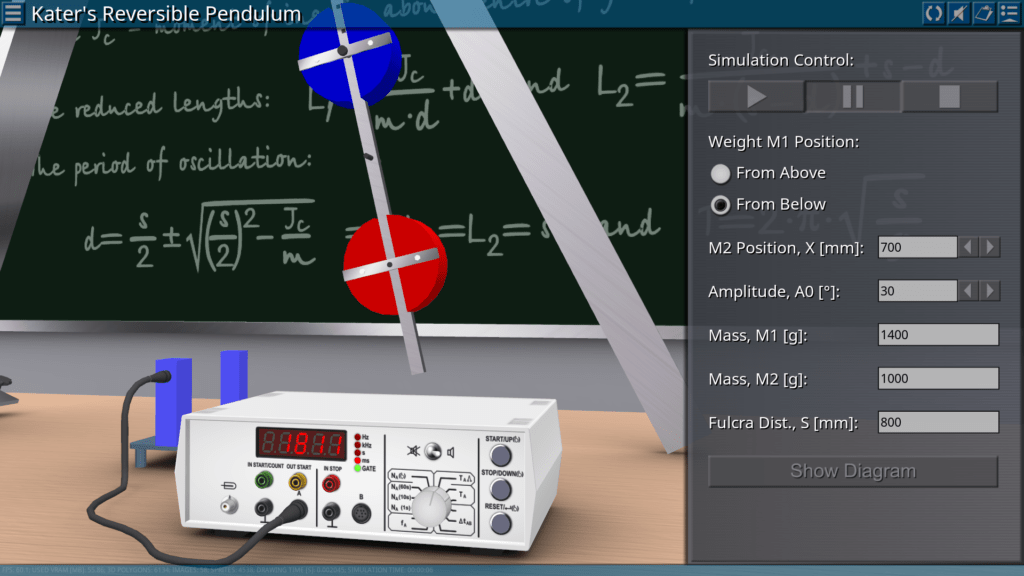
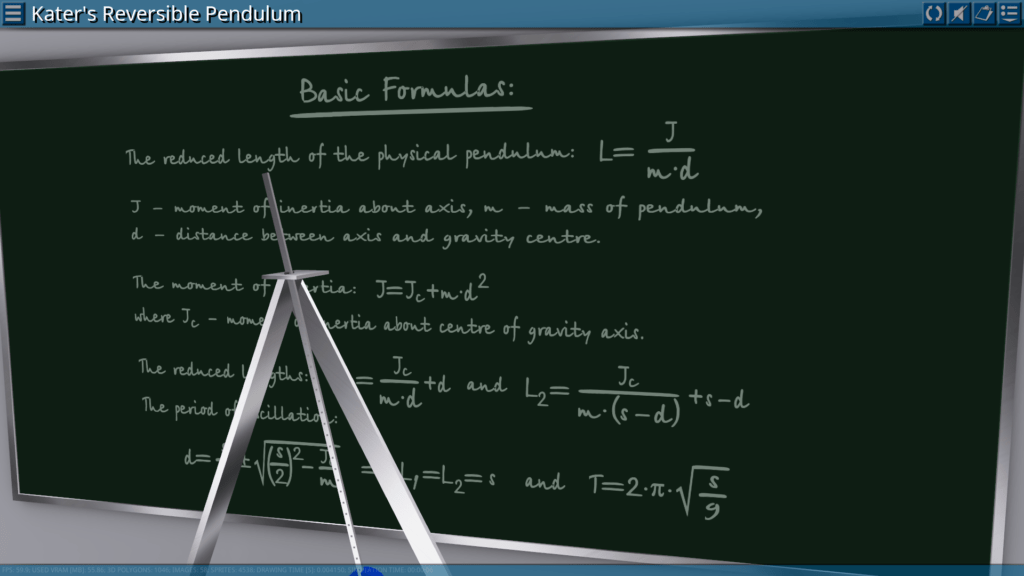

Goals: recording of harmonic oscillations of a pendulum with a cylindrical spring depending on time using an ultrasonic motion sensor; determination of the oscillation period for various combinations of spring constant and suspended weight mass.
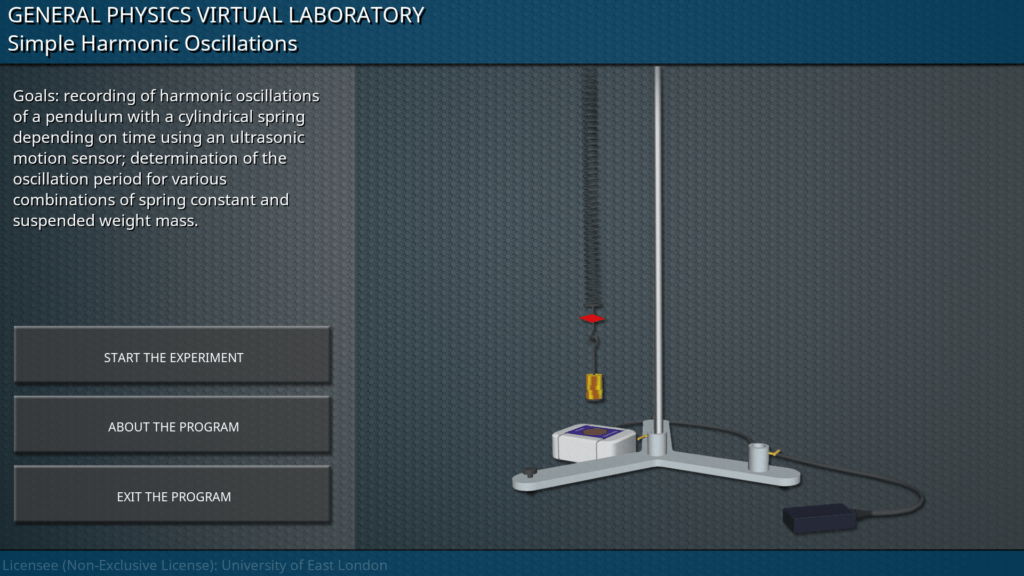


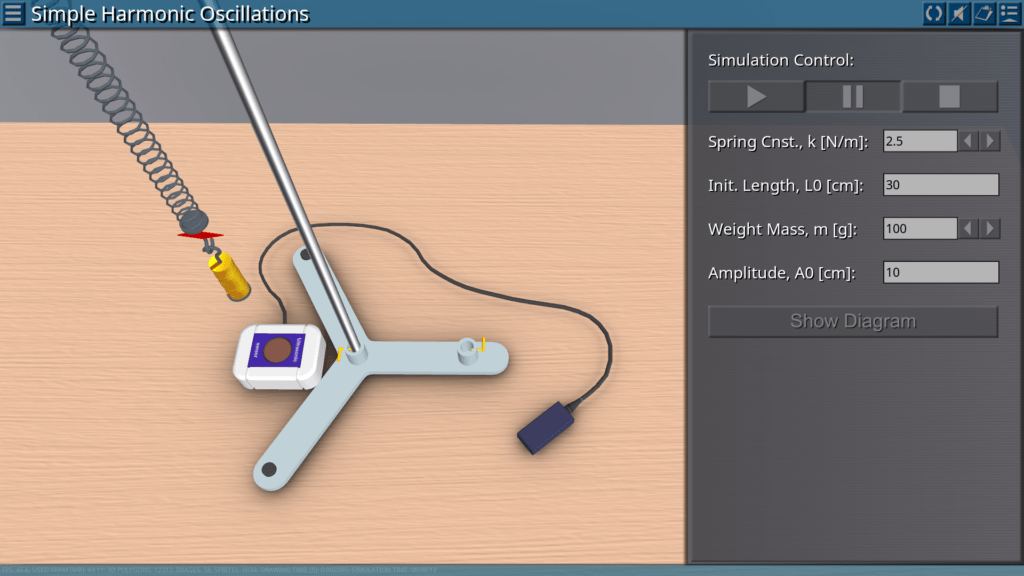
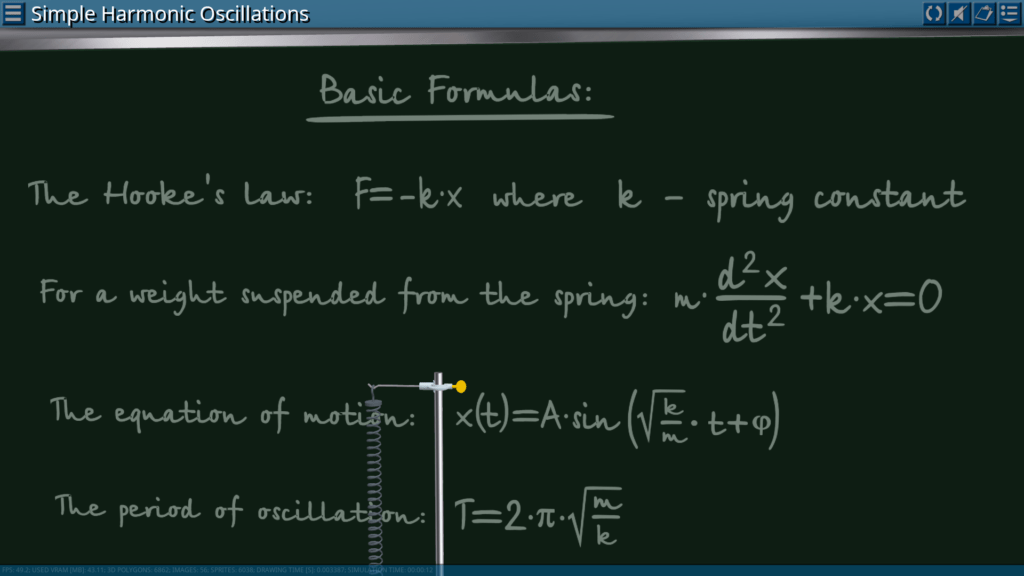
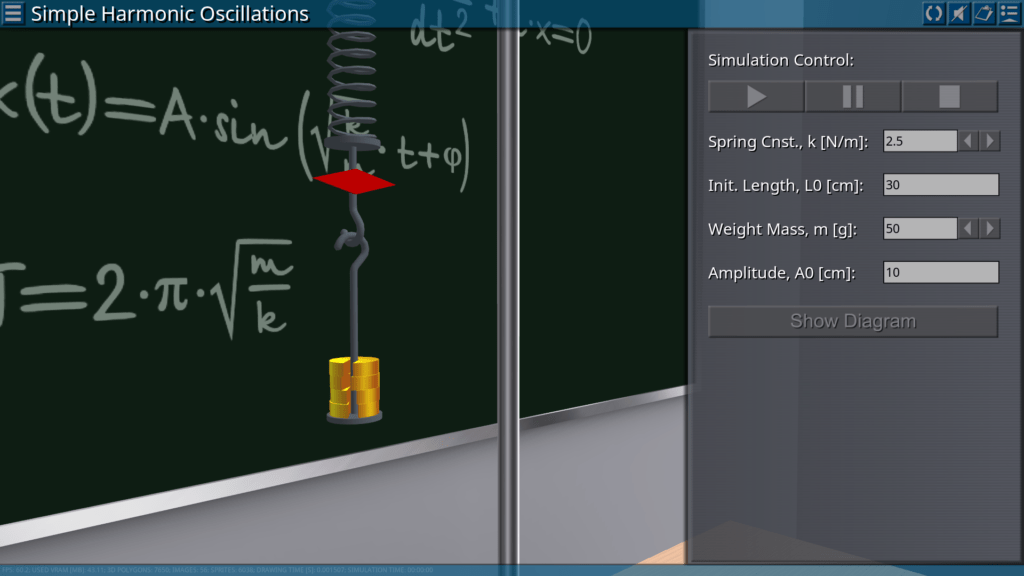
Goals: measuring the oscillation period of the pendulum for different values of the braking current; determination of the damping constant of a rotating pendulum.

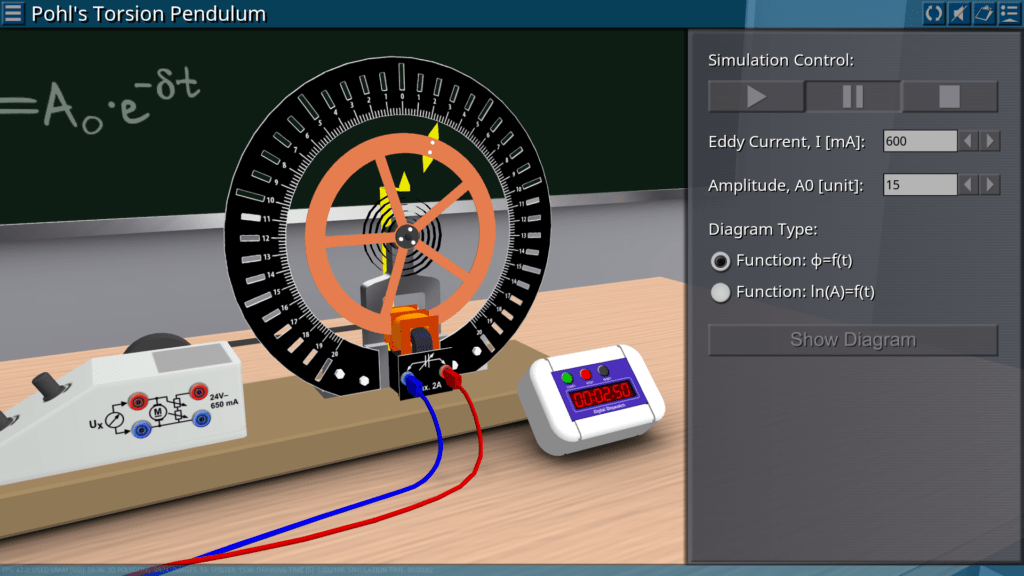

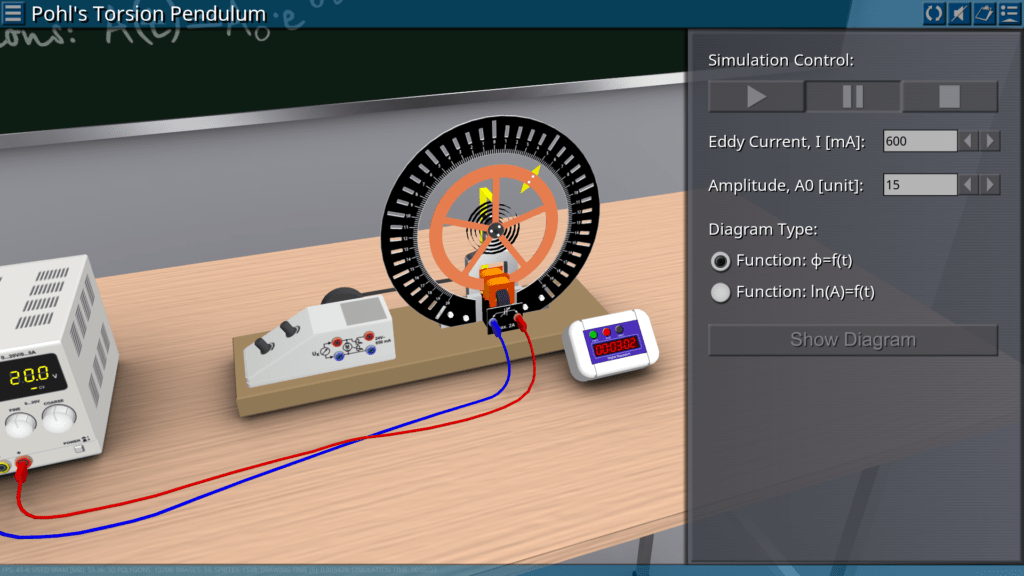
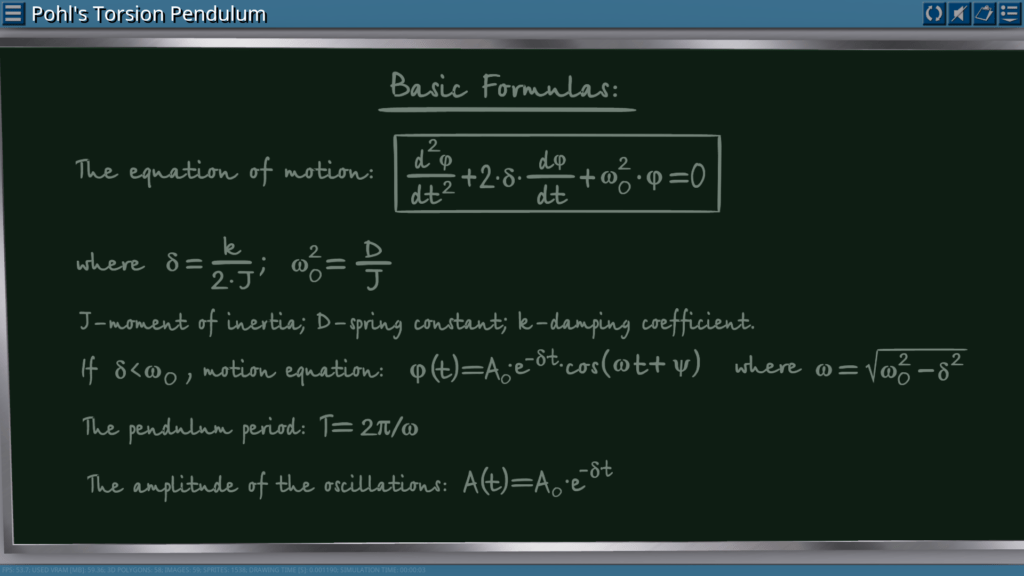
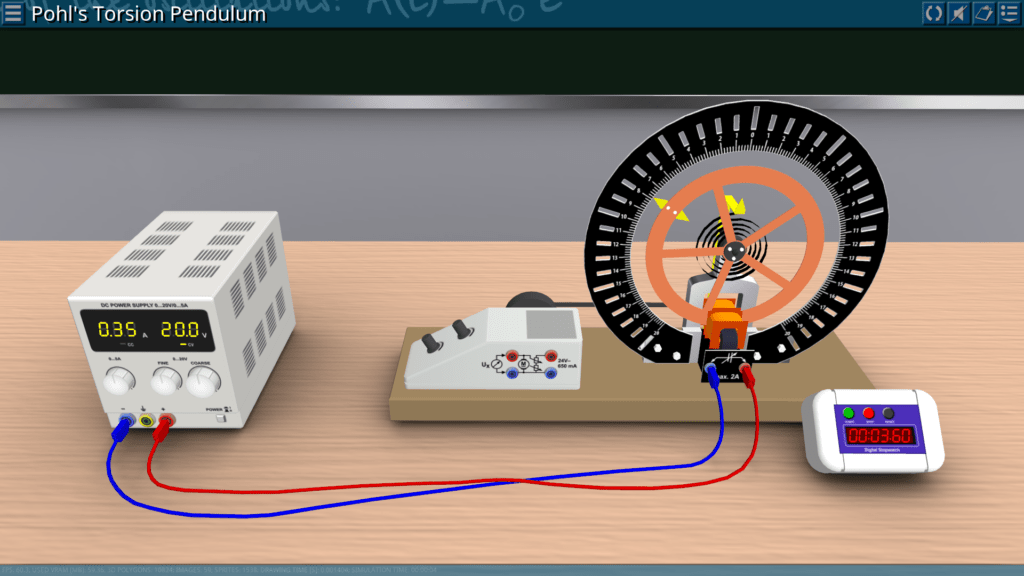
Goals: measurement of the amplitude of forced oscillations depending on the excitation frequency for various values of damping; observing a phase shift between excitation and actual oscillations; demonstration of resonance.
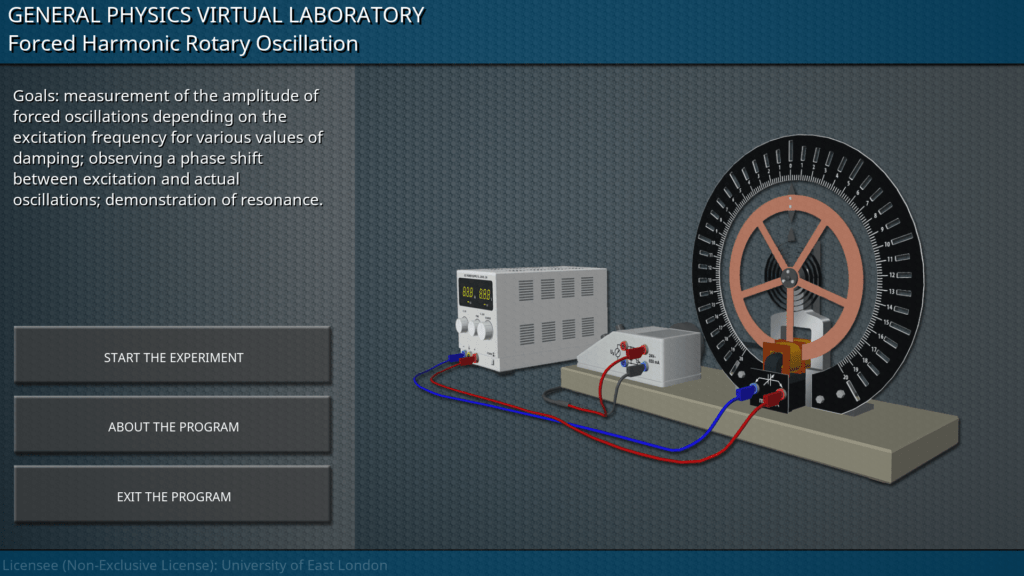
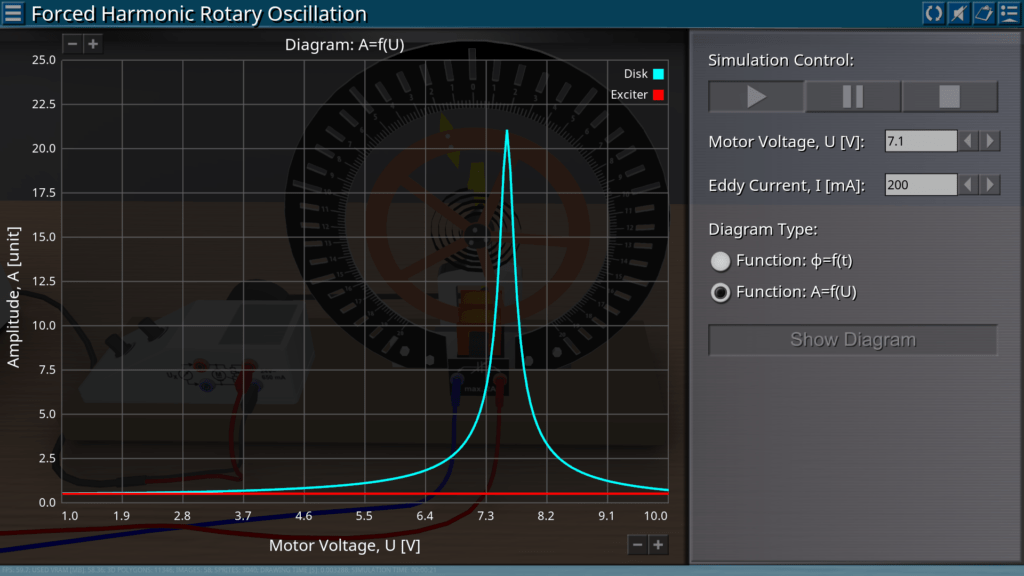



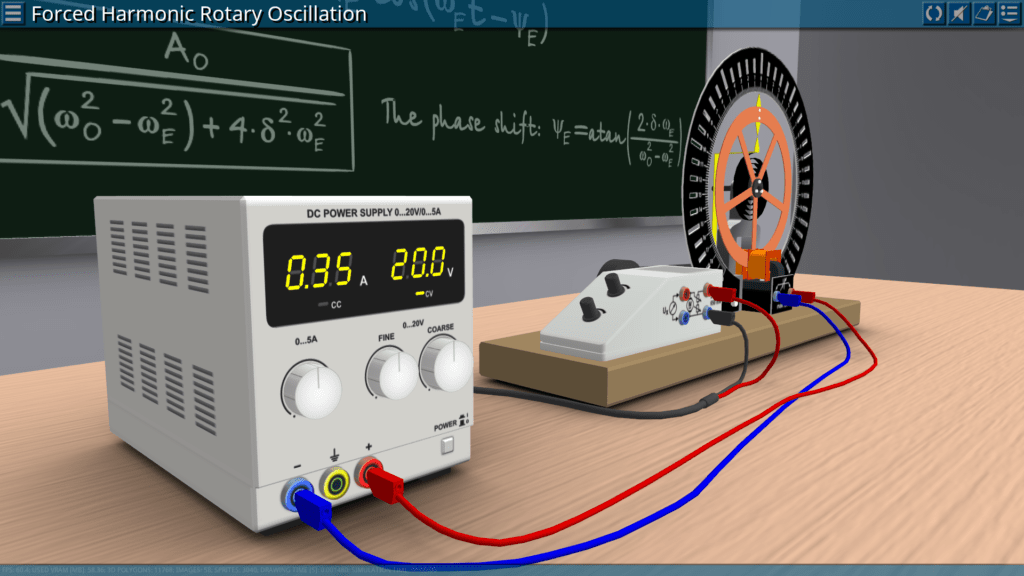
Goals: observation of coupled oscillations in phase, antiphase and in the general case; determination of periods of oscillations for each case; determination of the beat period; comparison of experimental and theoretical values of periods.
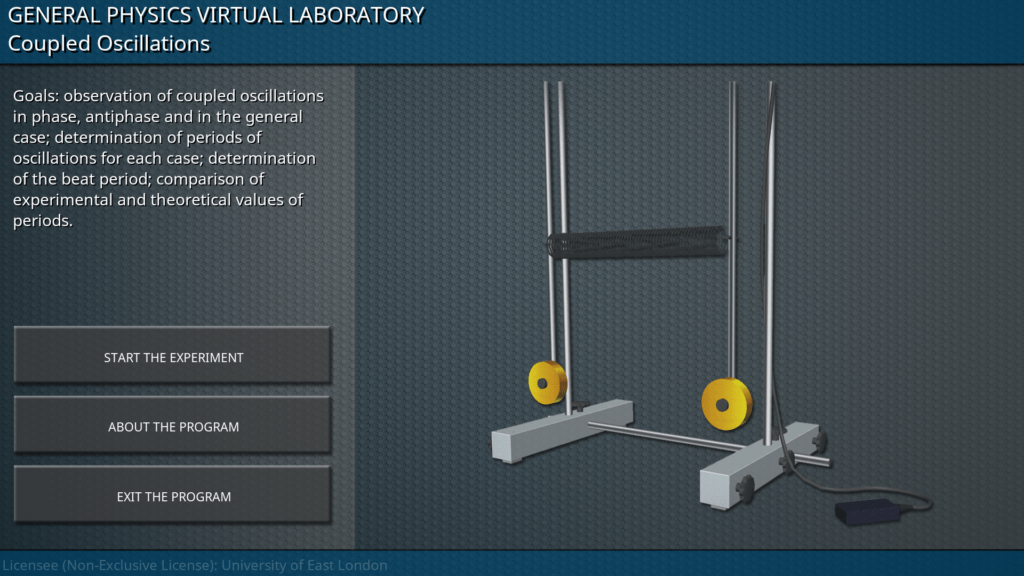

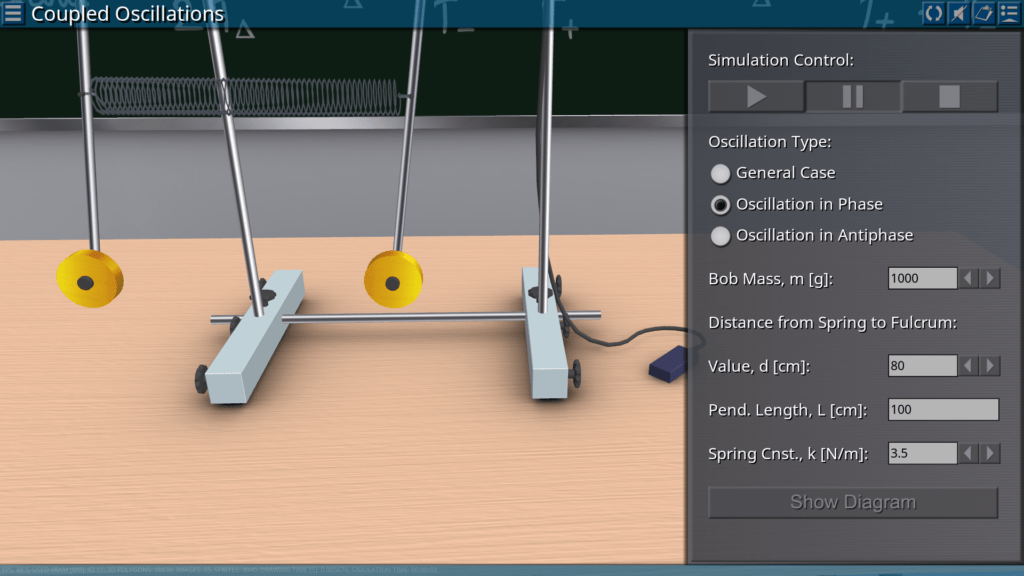
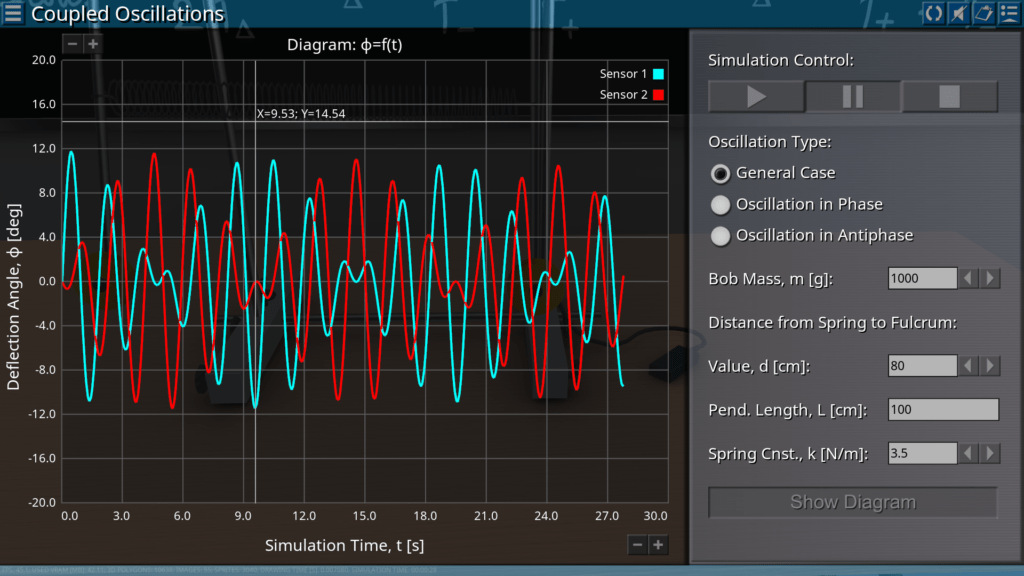
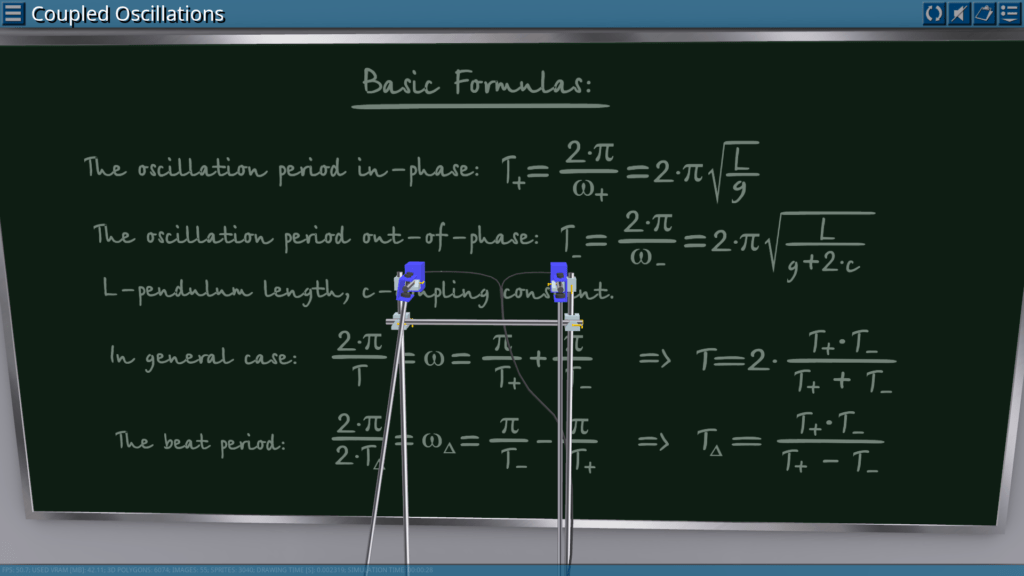

Goals: generating a standing transverse wave along the rope; measuring the internal frequency as a function of the number of nodes; determination of the appropriate wavelength and speed of wave propagation.
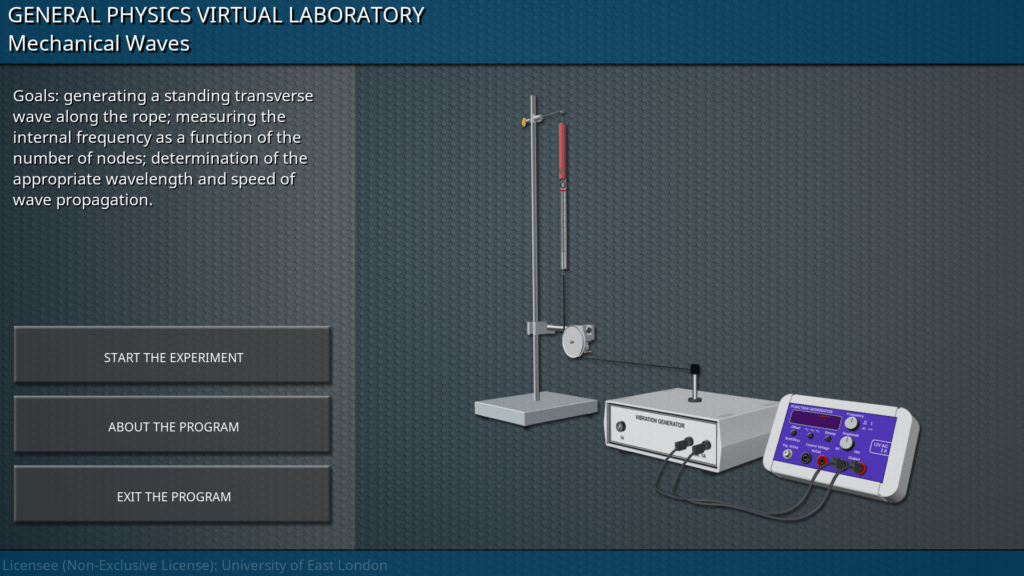



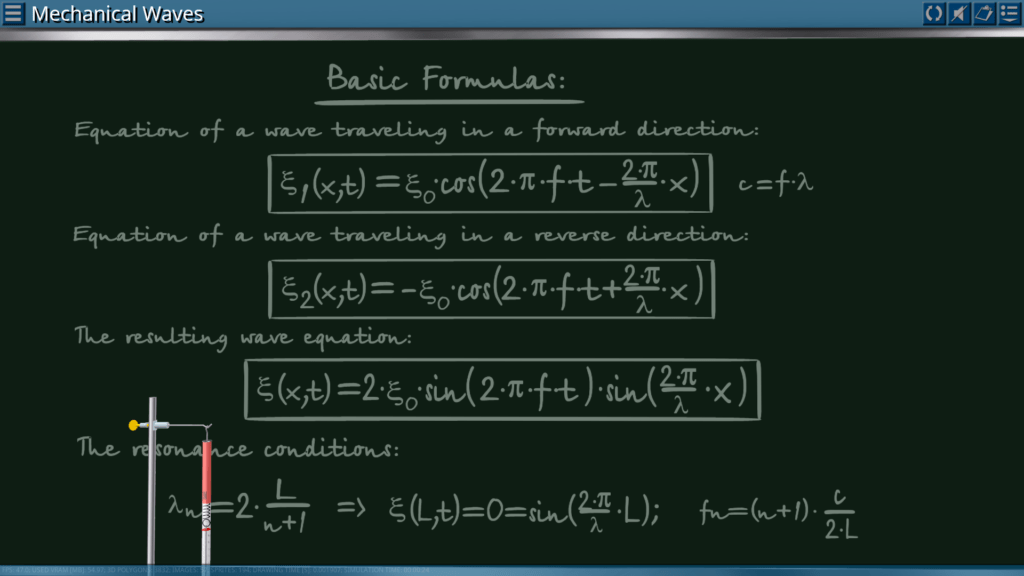

Goals: measuring the propagation time of a sound pulse in air depending on the temperature and of the distance between two microphone probes; confirmation of the linear relationship between distance and time; confirmation of Laplace’s conclusion.

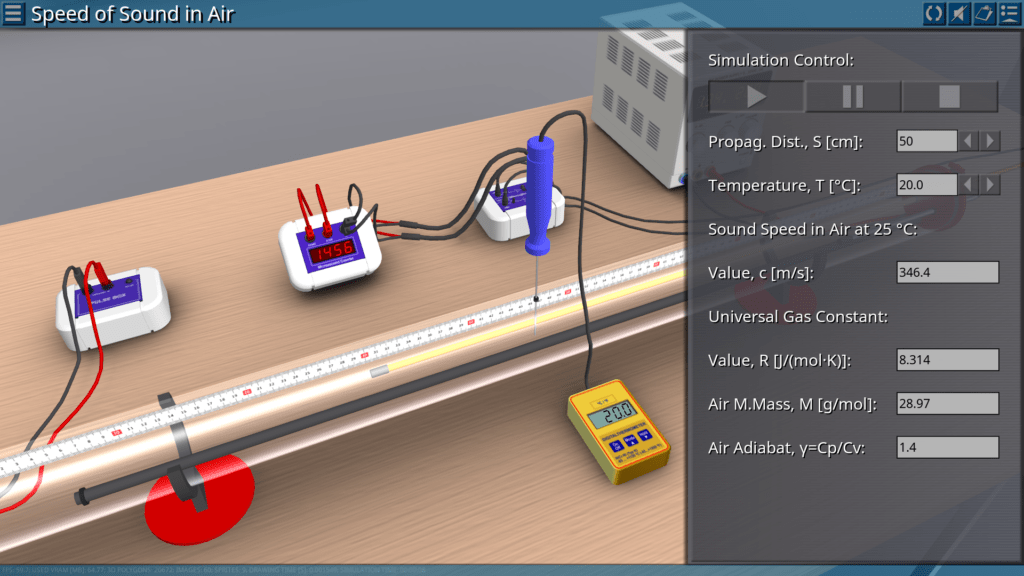
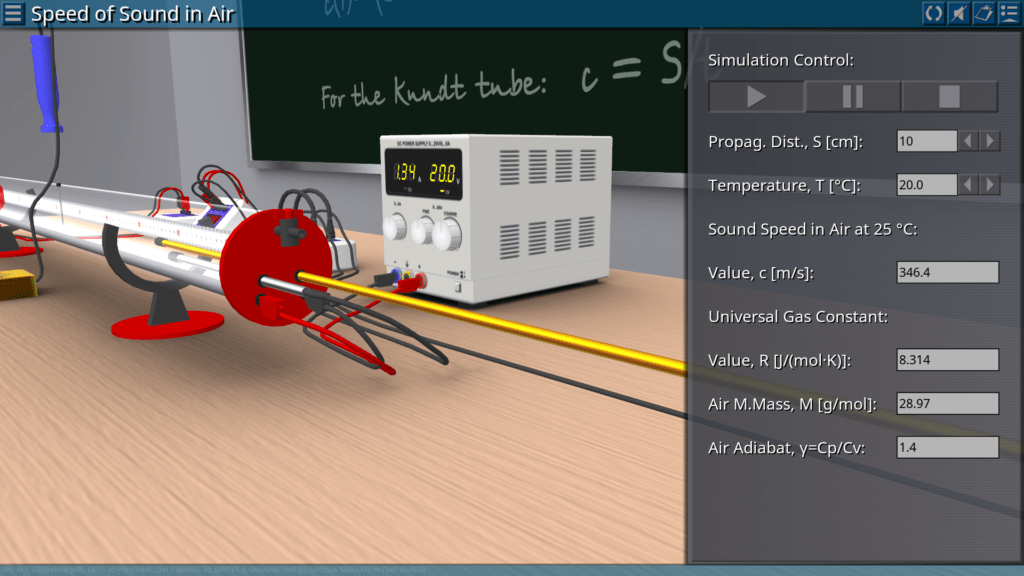

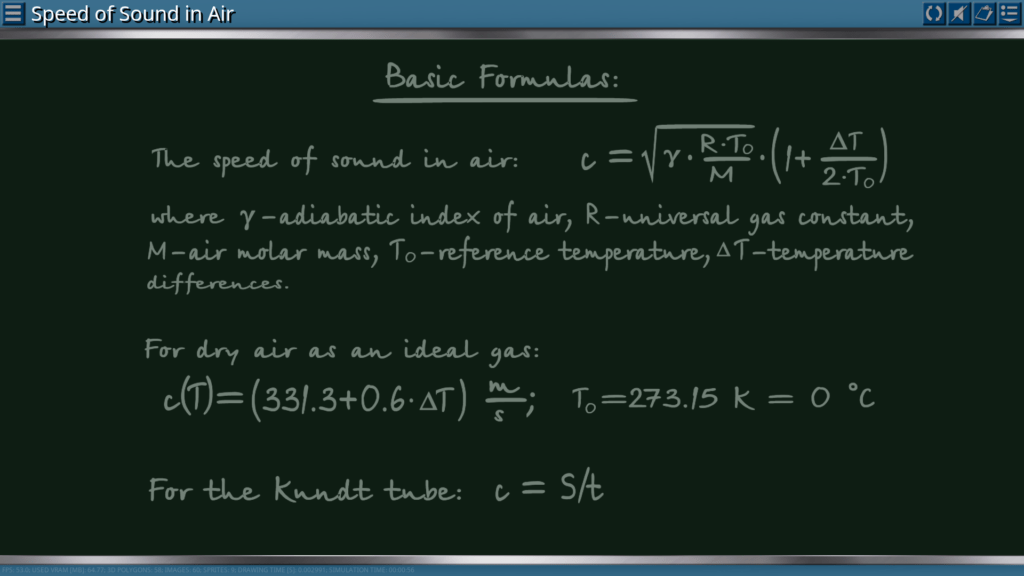
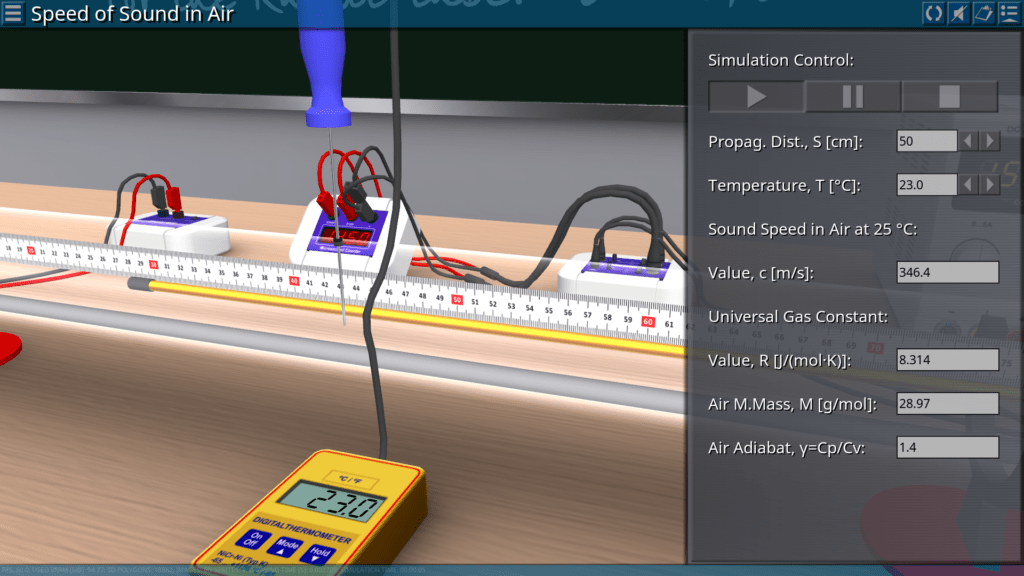
Goals: observation of standing sound waves in the Kundt tube; determination of the amplitude of the sound wave depending on the given frequency; determining the frequency and wavelength corresponding to the first resonance; determination of the wave propagation speed by resonant frequencies.

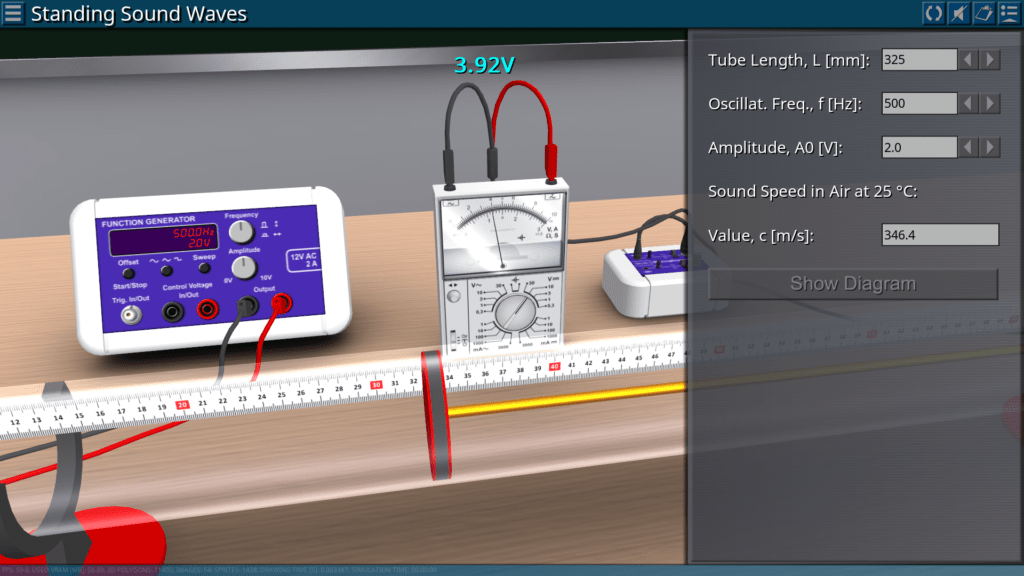

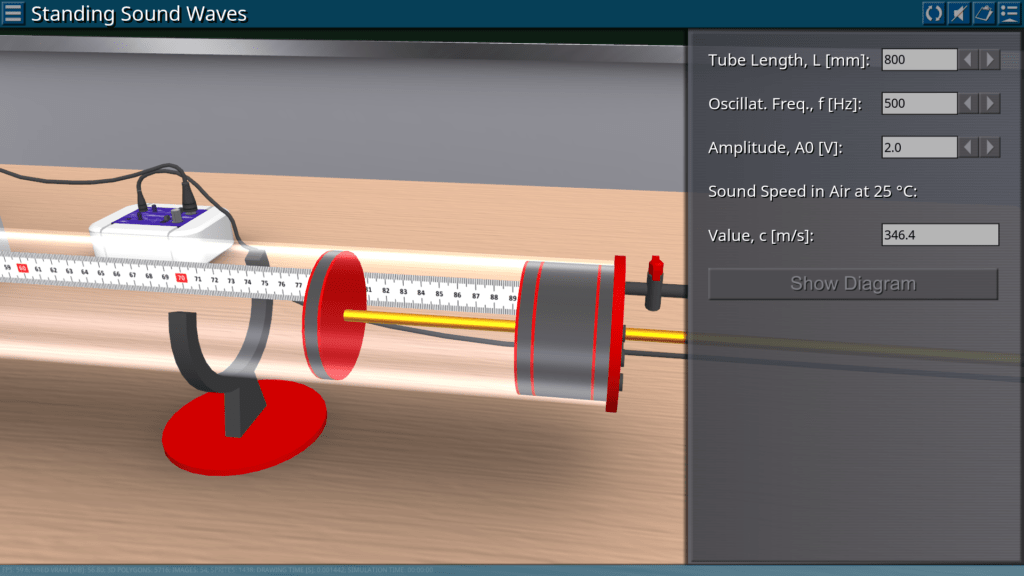


Goals: analysis using an oscilloscope of the influence of the material and the rods length on the sound pulses; determination of the speed of propagation of longitudinal sound waves in materials over time; determination of the modulus of elasticity of materials by the speed of propagation of longitudinal waves and their density.
